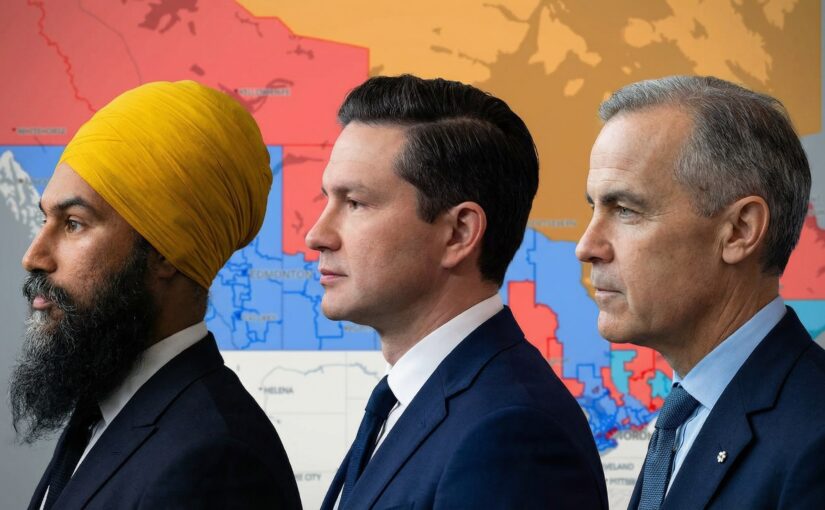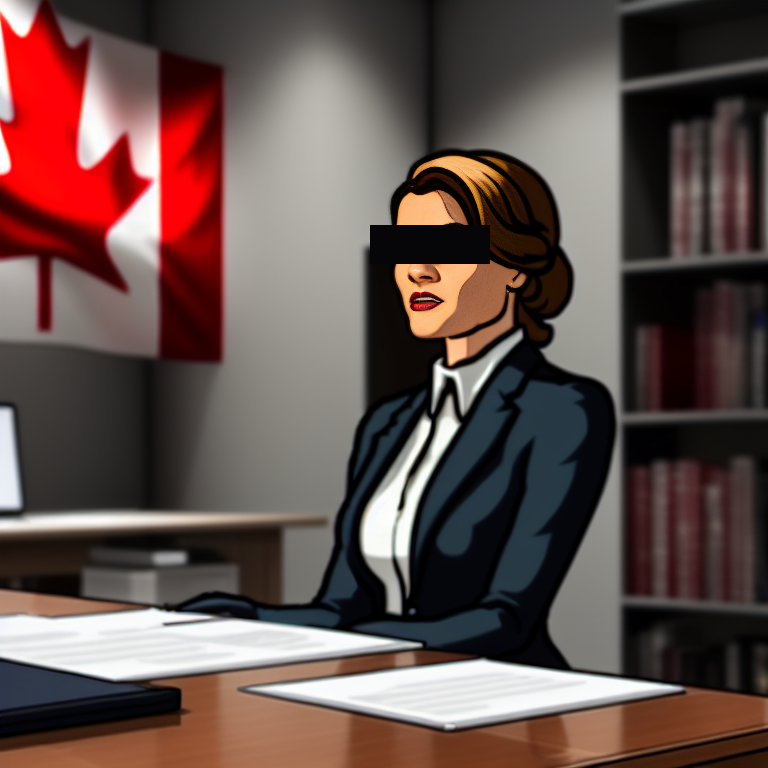Yes, it’s finally here. I’ve generated the maps for the 2025 federal election wherein Mark Carney’s Liberal Party elected enough MPs to form a minority Parliament defeating Pierre Poilievre’s Conservatives in a stunning upset that was precipitated by Trump tariffs and the sudden departure of Justin Trudeau from Liberal leadership and the Prime Minister’s Office.
This resource has the national, riding, and polling-level results and is highly interactive and educational. Wow!
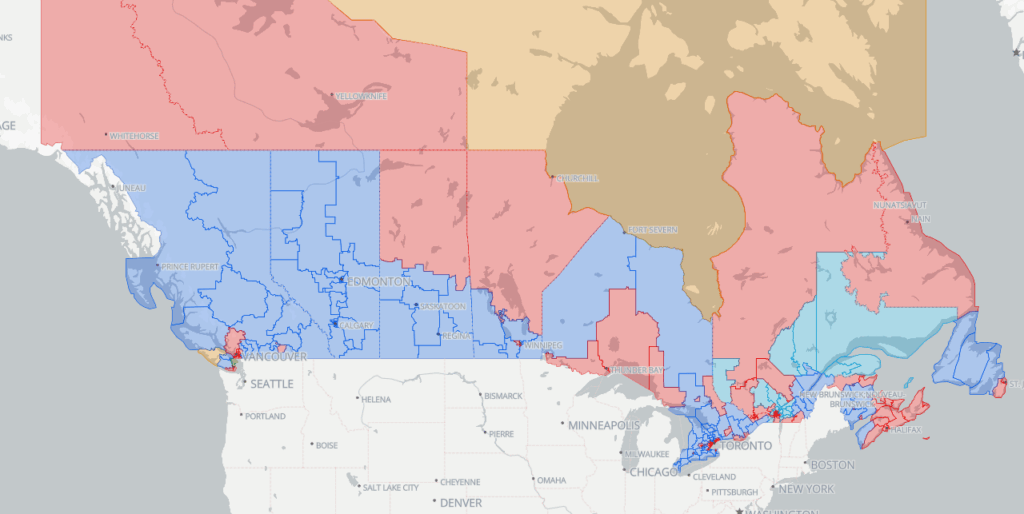
It’s no small task assembling spreadsheet data for 343 ridings and tens of thousands of polling divisions from Elections Canada with GIS data from Natural Resources Canada. Over the years, I’ve written quite a few NodeJS scripts and assembled quite a database which has survived the move between computers, cities, and cloud companies.
Enter the new era of AI.
Adapting old scripts to new data (and new ridings) was made into a task of hours instead of days in order to produce our maps. So please be my guest! Take a look at the vector maps that defined the 2025 Canadian federal election. Zoom in to a riding map to reveal poll-by-poll resolution to find out how your neighbours voted, or appreciate the gradients of partisan support that exist across economically diverse electoral districts.
My blog’s been a bit sleepy for a few years now and every once and a while I check in on what people are searching in order to arrive at stephentaylor.ca. The maps have certainly taken over long-tail search. There are 343 ridings now, after all.
Let’s take a closer look.
Mark Carney formed government winning 169 seats, falling just short of a majority government. He contested and won the riding of Nepean.

Next door in Carleton, Pierre Poilievre suffered a loss of his own riding that he had held for over 20 years.

Though managing to increase the Conservative seat total in the 2025 Canadian general election to 144 seats, this long was particularly painful on election night. Poilievre would later go on and contest Battle-River–Crowfoot after the Conservative victor on election night, Damien Kurek, stepped aside for the party boss.
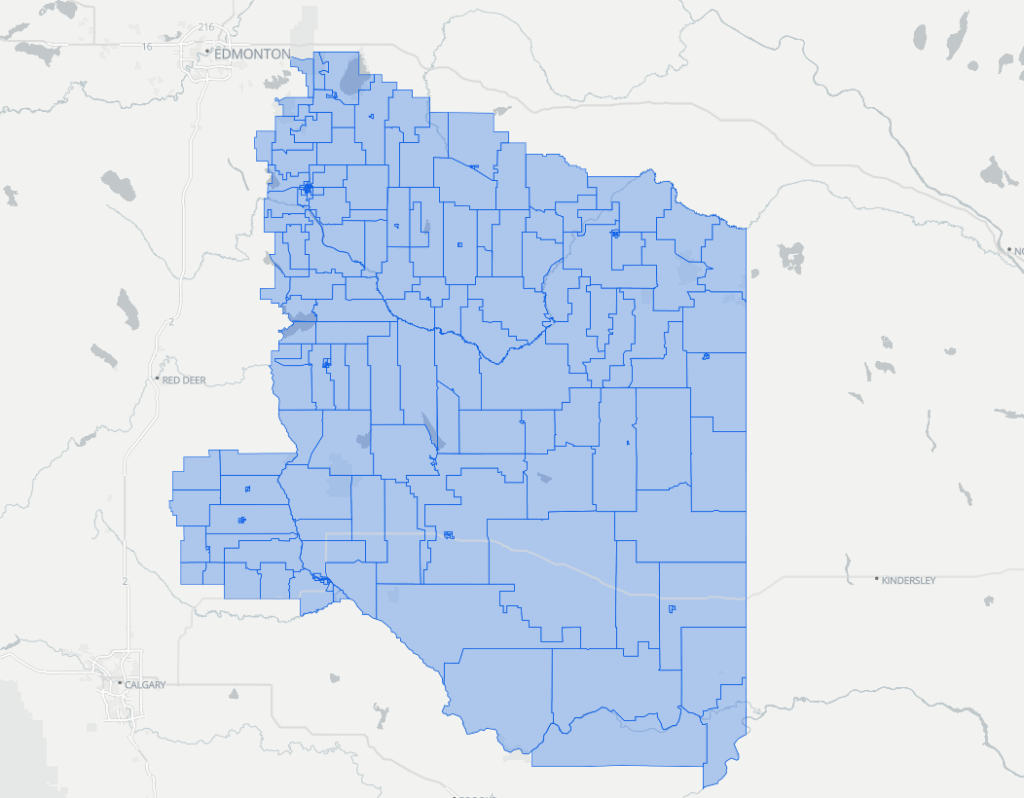
Poilievre wasn’t the only federal leader to lose their seat on election night. NDP leader Jagmeet Singh led his party to its worse result since the party’s founding in 1961.
Until I took a closer look when writing this post, I hadn’t realized he’d lost every poll in his riding of Burnaby Central except for one.
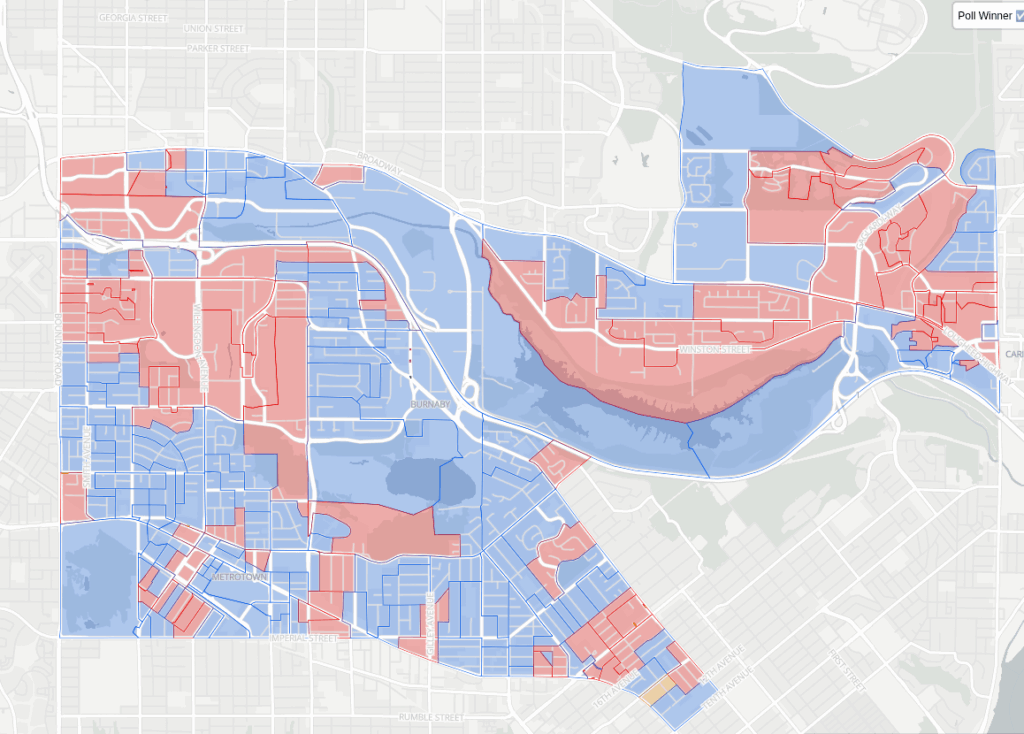
Justin Trudeau was a deeply unpopular leader who was propped up by Singh’s party who feared a profound election defeat. It turned out that when Trudeau left, Singh was left representing the era he helped defined – and Canadians punished the NDP. Historians will note that Singh didn’t just lose votes to the Liberals but a large chunk of his coalition voted Conservative in 2025. Indeed, parts of Windsor – like Windsor West – went blue for the first time.
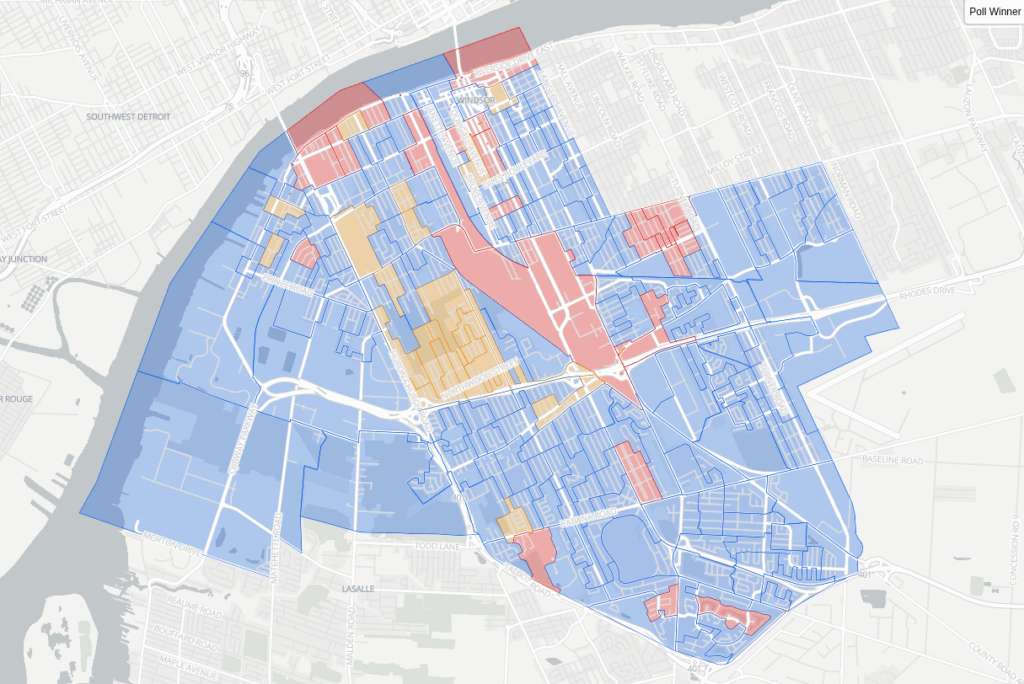
Conservatives predict that we’ll be into an election again soon enough. Carney will want to take advantage of a Conservative Party that is doing some soul-searching and feet-finding while the Trump uncertainty still exists over tariffs and the broader economy. Carney also sees himself as the international deal-maker. Those deals have yet to come to fruition but setting his travel schedule according to the Parliamentary and his government’s razor thin advantage there is going to get old soon for him if it hasn’t already.
